I had a wonderful opportunity to return to Sydney this week for a Knowledgeable Object Symposium at the University of Sydney. It was such an enriching professional development day. Before returning home, I visited Hyde Park Barracks to experience their new audio tour. I want to combine this with my visit to the Sydney Jewish Museum a couple of months ago and explore/evaluate how these museums have utilised immersive experiences through audio guides and artificial intelligence. I’ll also note here that both museums manage some pretty traumatic material. It is so great to see museums try something a little different and experiment with their engagement.
Sydney Jewish Museum

I have visited and written blog posts about the Sydney Jewish Museum a few times so I won’t provide an overview – you can read one of my posts here. I will say that this time I went on a guided tour and found it to be a fantastic experience. Highly recommend it if you are visiting. Instead, I am going to focus on the exhibition Reverberations: A Future for Memory. This exhibition opened in late 2022 and consists of two main areas. One contains a series of large screens showing Holocaust survivors sharing their stories and memories. The other area is where you can actively engage with three survivors.

I started in the room with the large screens. In total, there are forty-three survivors telling their stories in response to some posed questions. I sat in this room for close to an hour – it was so engaging. The other four people in the room also stayed for around that long. Questions asked are not only about the past but also their thoughts on issues such as revenge – a topic not often covered but one, I’m sure, people think about. Some of the stories are difficult to hear, no surprises here. But, there is also a lot shared about hope and love so you leave the room feeling inspired.

It was then time to move to the artificial intelligence (AI) area and experience something truly unique. In the opposite room there are three designated areas for visitors to step into and come face-to-face with one of three Holocaust survivors (Olga Horak, Yvonne Engelman, and Eddie Jaku). They are on huge television screens so you really do feel they are there. Then, you can ask them questions – any question you like. After a small pause, they answer your question which is still something that seems so surreal to me. The technology behind this installation is quite remarkable. These three survivors were asked hundreds of questions over a period of time and their responses were recorded. Using AI, keywords in your question are used to scan the database of responses and find one that’s the closest to what you asked.

Of course, every single question you can think of might not have an answer. In saying that, I asked all three survivors about six/seven questions each and the answers made sense. The reason behind this technology is to try and capture a way for future generations to engage with Holocaust survivors when there are no longer survivors able to tell their stories.
It was such a moving experience. I do wish there were signs or more information available on how to take care of yourself when visiting. I asked a question that included in its response something I wasn’t expecting – caught me off guard and I had to take a moment outside. If there were some kind of resources in the space for people who experience something similar, that would be amazing.
The exhibition is only on until the end of this year, but no doubt the installation will move into a more permanent home once it has closed.
Hyde Park Barracks

The next experience I want to share is Hyde Park Barracks. Here, they have moved completely to an audio-guided tour. There are no labels and only minimal wayfinding signs – everything is presented through the audio guide. The result has been the creation of this soundscape that follows you throughout the entire museum and heritage building. Even when no one is talking to you, there are sounds that do make things feel immersive.
I love an audio-guided tour – especially if I’m travelling on my own. The quality of the audio and the noise-cancelling headphones are fantastic. Not only did I feel totally immersed, but it even set the pace so I wasn’t rushing through anything. In saying that, you do have the option to skip rooms or areas if you wish. The audio is controlled by these little monitors on the ceiling that pick up where you are and feed you the correct audio. They are so precise that you just have to approach a display case and they start describing what’s inside.
You start with a bit of general history about convicts and why they were sent to Australia. Then, you start on the third floor of the original barracks where you visit the original sleeping quarters and a mummified rat or two. The top floor is all about life in the barracks. There are times when the original source material is read by voice actors to really give you a sense of context.




The second floor is split into some dioramas and Indigenous history. Such an important inclusion in the space and it was beautiful to hear the inclusion of Indigenous language in the audio tour. Again, this is a difficult traumatic history to engage with, but important to hear and learn from.
Finally, the ground floor is all about when the barracks housed female immigrants when they arrived in Australia. My favourite display was in this space. A chest that was carried over from Ireland containing some essentials. Surrounding the chest is a beautiful artwork showing everything that would have been inside. Before you leave, you can pause and listen to Indigenous and non-Indigenous descendants share their stories about the impact of this building and the history it represents.



Even if you don’t enjoy audio tours I would recommend giving this one a try. There were times when the audio didn’t quite work for me but it was a matter of moving around and finding the right spot. I started the tour with about five other people and although it was crowded, we could all find our own space to listen to the audio. If there were any more than this, it could be a lot to navigate.
Entry to the site is free and there are lifts even in the heritage building. Hyde Park Barracks is open daily from 10am – 6pm with the last entry at 4.30pm. It does take around 90 minutes for the whole experience.
Tying it Together
When tying these two together, it is clear that digital immersive experiences have been used to highlight and better present stories. The digital here is not replacing the entire experience, but adding to it. In other words, it’s not digital for the sake of digital – it is digital to preserve and digital to create a sensory experience. I thoroughly enjoyed both the Sydney Jewish Museum and Hyde Park Barracks and am grateful that they are trying something a bit new while still providing their audiences powerful storytelling. This is a great way to manage these kinds of traumatic histories. It is amazing how they’ve made something so digital feel so personal.


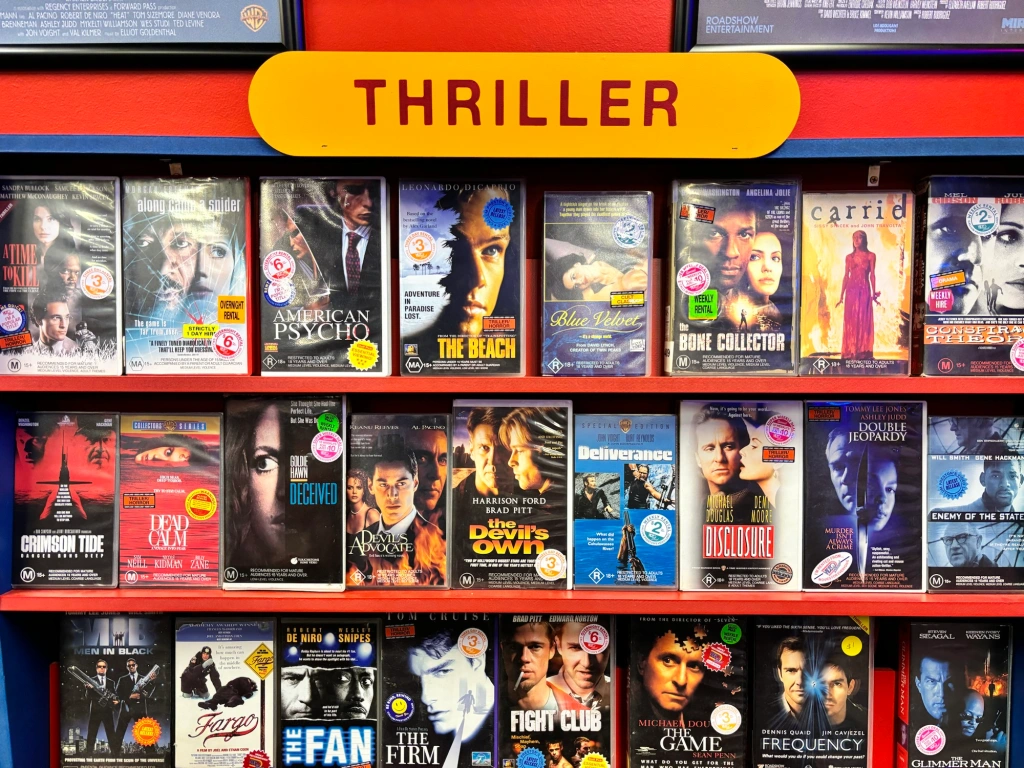
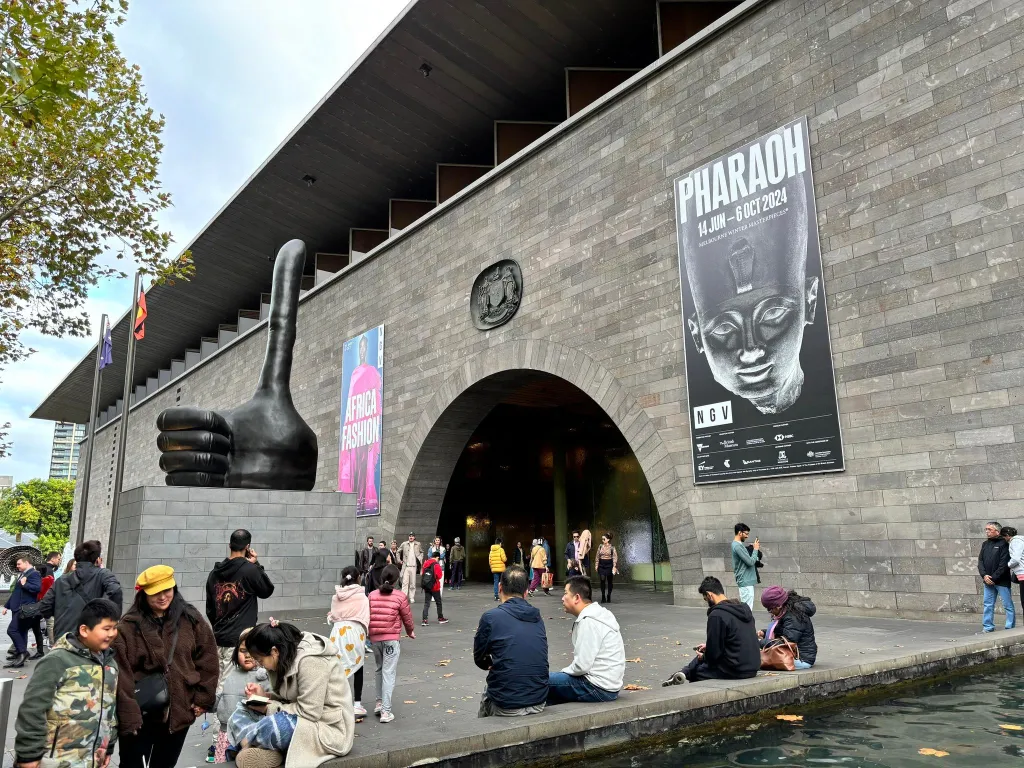
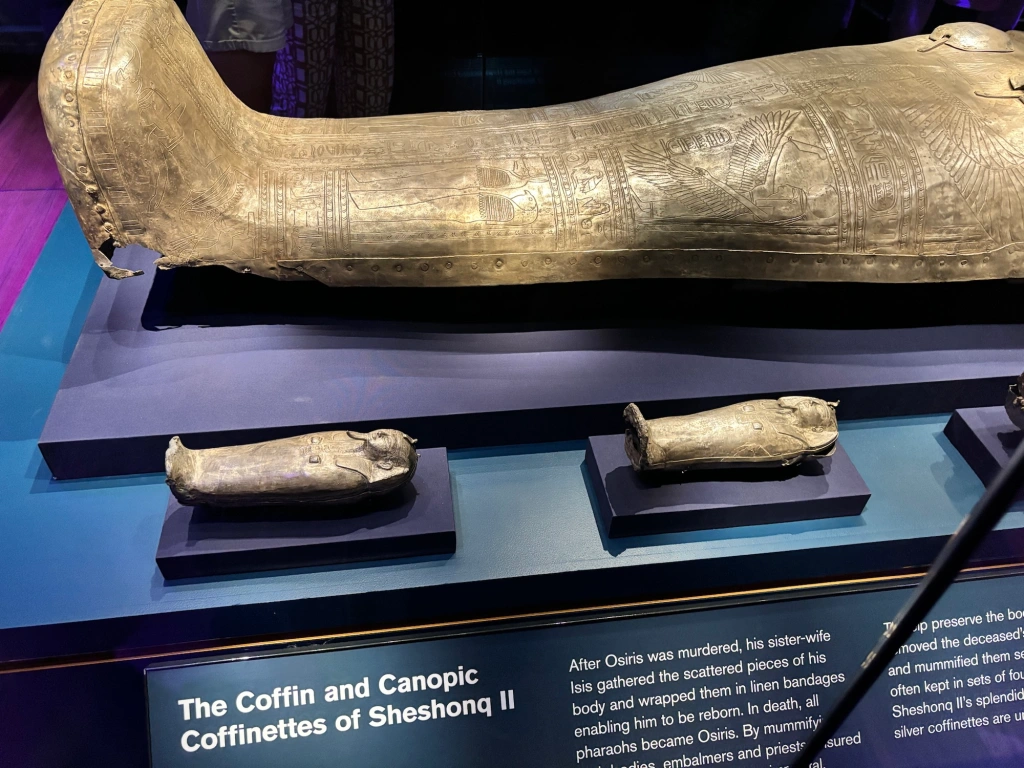
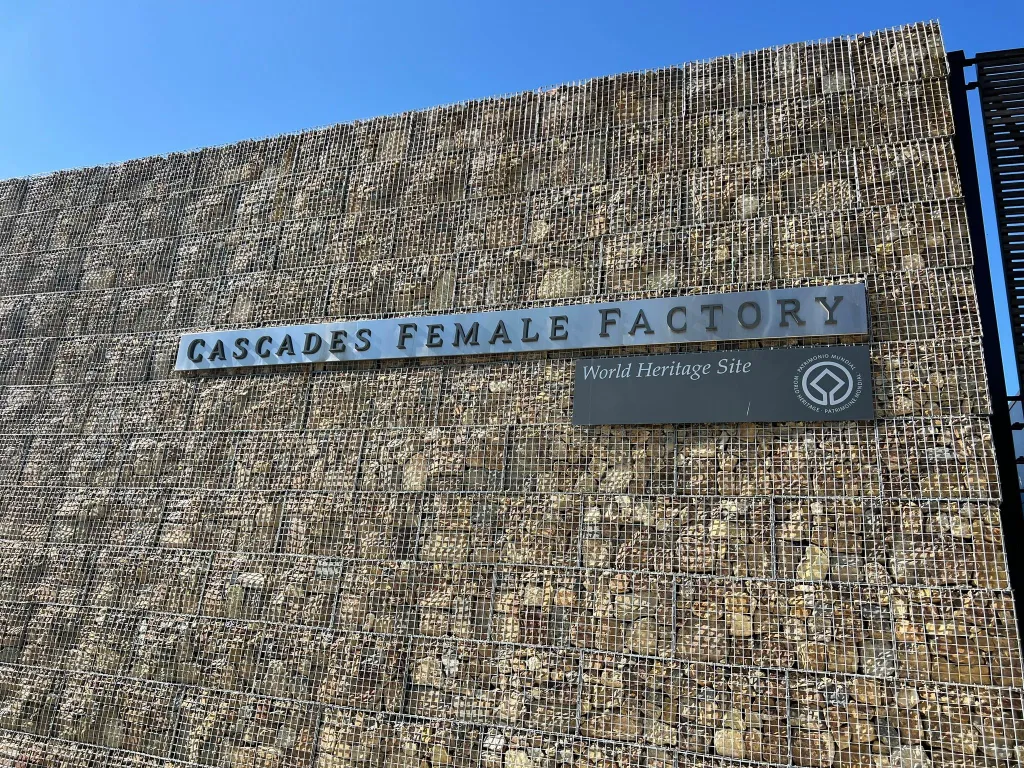
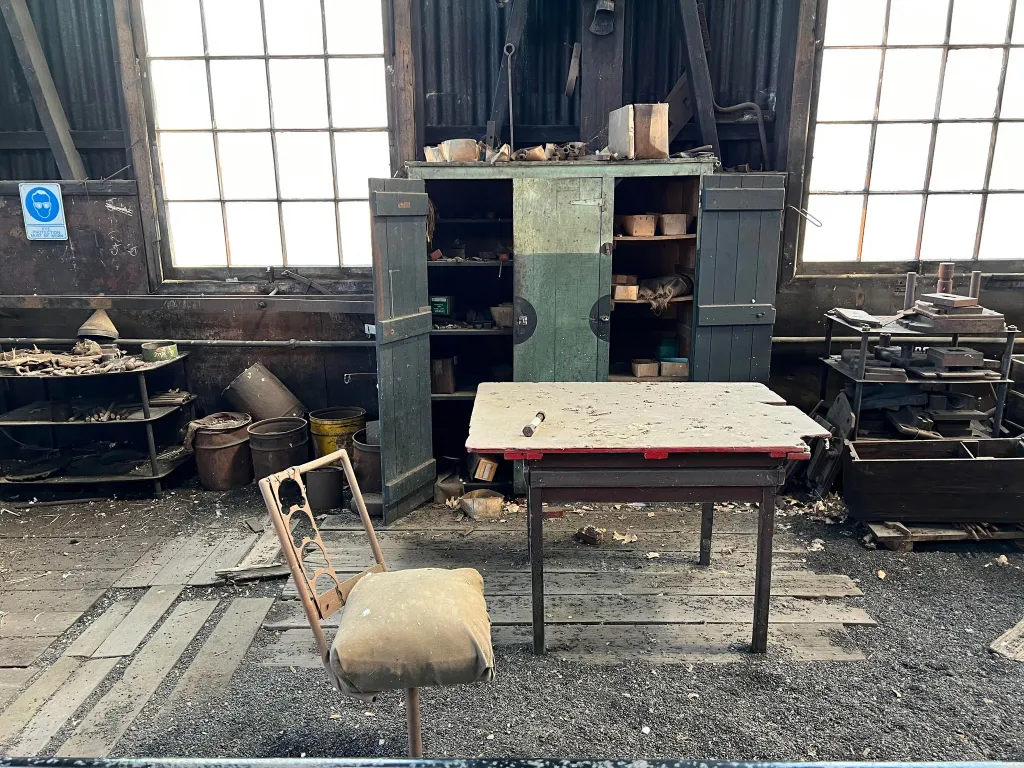
Leave a comment